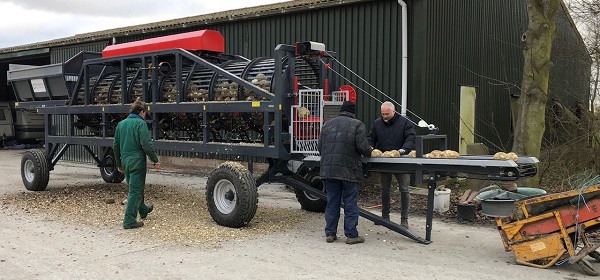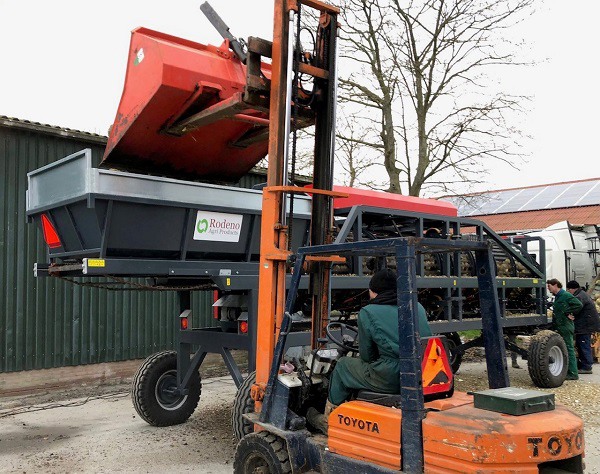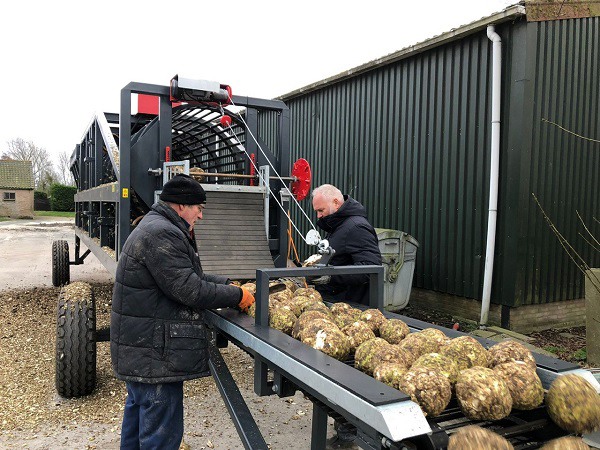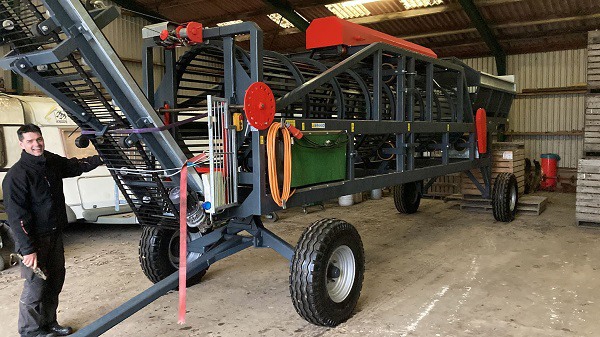"Sales are on an upward trend," says Robert van den Ouden of Rodeno Agri Products, about celeriac. "We sell more celeriac every year." He looks back on a scorching growing season with a little less acreage but a little more yield. These sales, however, do not depend on the Netherlands. Rodeno does sell celeriac to Dutch packing facilities.

But, virtually all the celeriac grown in the Netherlands end up abroad. Rodeno also exports celeriac to countries including Belgium, France, Germany, and Poland. "With so much celeriac being exported, it's a European market, not a Dutch one." Celeriac acreage shrank throughout Europe, especially in Poland, during the last growing season. That benefits sales and price trends.
Expensive crop
"Less has been planted, so exports have done well since the season began. Expectations for the coming period are, thus, also good," Robert indicated in mid-December. Though, he is keeping a wary eye on this because of the pandemic. "Times are uncertain with lockdowns and COVID-19 problems. That makes comparisons with previous years difficult." This year, however, looks promising.

Still, the trader notes that prices have been low in recent years and not always cost-effective. "If growers have a bad year, simply having a good one doesn't make up for it. As a result, growers are dropping out. Because celeriac is an expensive crop." Robert explains that the cost price for one hectare of celeriac is between €7,000 and €9,000. Most of these costs are due to the plant material breeders propagate.
"Cost-effective sales are thus challenging. Growers have to organize these well. You can't just grow on luck and wait to see if you can sell the celeriac. It's too expensive." Rodeno has broad sales from industry to the fresh market. So, there are many opportunities to market growers' celeriac.

The family business is also committed to always finding sales for its growers, even when the market is not great. "Growers must be able to assume they have buyers in good and bad times. It's easy to sell everything when the season is good. Trading products in a difficult market, that's the trick," says Van den Ouden.
Same acreage
Yet few growers work with contracts, he says. Robert points out that contract prices are usually similar to cost prices. That means growers prefer the free market. That, in turn, means returns are often uncertain, and growers sometimes disregard celeriac.

"It's much cheaper for growers to sow crops than plant celeriac. And if as now, corn, for example, is fetching better prices, growers are more likely to choose that crop." That is leading to smaller celeriac growers dropping out. "I think there will be fewer celeriac growers in the future, but the acreage should remain the same," Robert concludes.
Rodeno Agri Products
Robert den Ouden
Oude Rijksweg 47
4472 AE 's-Heer-Hendrikskinderen
+31(0)6 531 90 100
info@rodeno.nl
www.rodeno.nl
